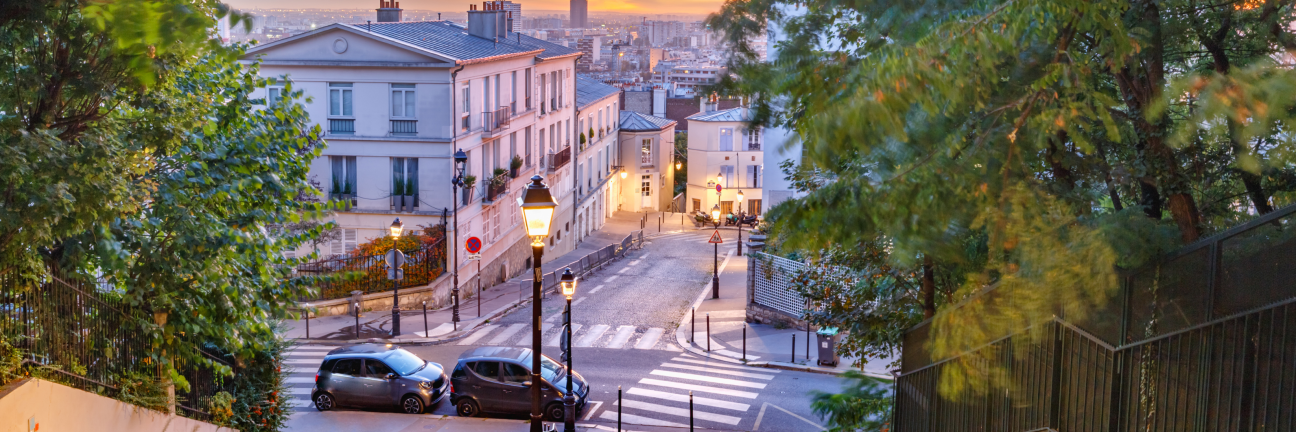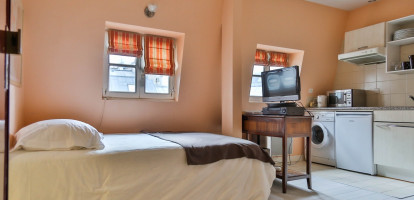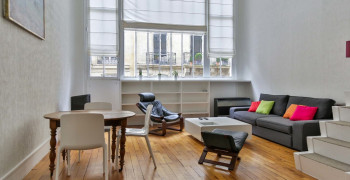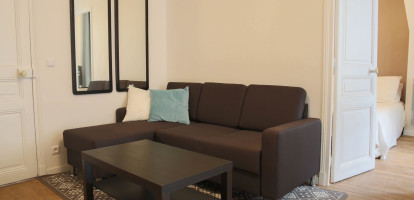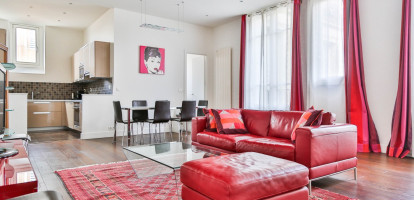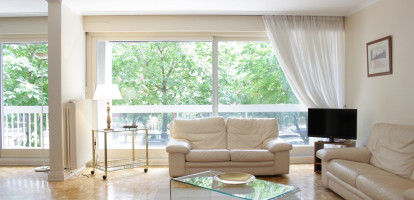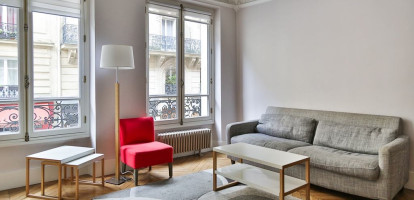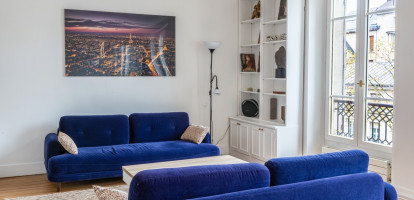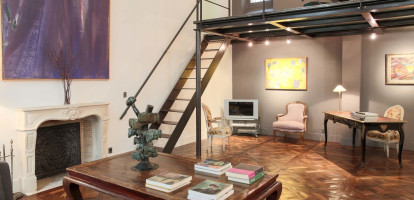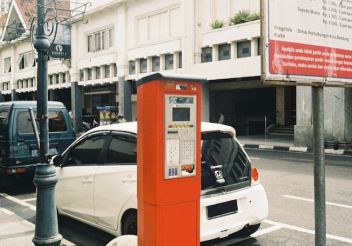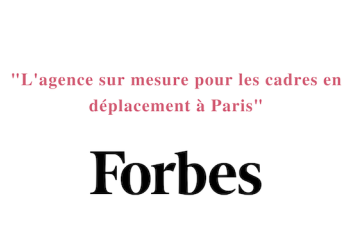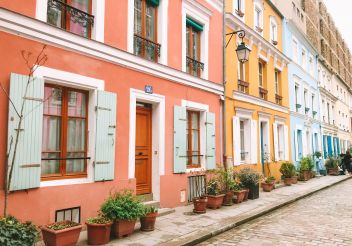When most expats think of living in Paris, images of pricey restaurants and luxury boutiques come to mind. However, it's important to note that the cost of living in Paris is surprisingly affordable. Whether you're considering moving to Paris or just curious, let's break down the costs and see how Paris compares with major US cities, providing you with the reassurance that Paris can be a cost-effective choice.
Property Costs: Rent vs. Purchase
Renting in Paris:
While it's true that rental prices in Paris can be high, especially in central arrondissements, they often pale in comparison to those in major US cities like New York or San Francisco. For instance, a one-bedroom apartment in Paris city center typically costs between €1,500 and €2,000 per month, while in less central areas and the suburbs of Paris region, you might find rents ranging from €1,000 to €1,600. In stark contrast, the average rent for a one-bedroom apartment in New York is a staggering $4,260 per month.
In other words, if you choose to rent in Paris, you're getting a great deal. New York costs 2.5 to 3 times as much as Paris for a one-bedroom apartment!
Buying Property:
Purchasing property in Paris is more expensive than renting, but it is still within reach for many people. The average price per square meter in Paris is approximately €9,500, whereas in major US cities, this can easily exceed $17,700 per square meter.
Buying a property in New York costs 40% more than in Paris.

Property Tax
In France, property tax, known as "taxe foncière," is generally lower than in many U.S. cities. It usually ranges from 10 to 30 euros per square meter annually, depending on the region and the property itself. In Paris, the property tax is often lower than in the suburbs or other French cities. For instance, in 2024, a one-bedroom, 28 m² apartment in Paris had a property tax bill of 800 € (28.50 € per square meter).
Although French property taxes are calculated differently, Paris homeowners often find them less burdensome than those in many U.S. states, particularly high-tax ones like New York, New Jersey, or Illinois. For instance, according to RocketMortgage, a median-priced home in New Jersey incurs an annual property tax of $8,928; in New York, the annual tax for a median-valued home is around $3,407.29, and in California, it is $5,347.48.
Utility Bills
Energy prices in France have surged significantly over the past decade. Despite this increase, utility costs in France remain below the European average. As of 2024, the average electricity price per kWh is €0.2516.
For reference, with the EDF Blue Tariff Basic option in 2024, the average annual electricity bills for different apartment sizes in France are as follows:
- 40 m² apartment (1-2 people): €1,493
- 70 m² apartment (2-3 people): €1,845
- 110 m² apartment (3-4 people): €2,200
On the other hand, the United States has a lower electricity cost than France, $0.178 per kWh. According to SaveOnEnergy, the annual average electric bill in the United States is $1,668. However, monthly electricity costs could be significantly lower or higher depending on the state.
But do you know which country has the highest electricity consumption per capita? You're right—the U.S. uses ten times more electricity than France! So, even though electricity rates might be slightly higher in France compared to the States, you can expect your bills to be still lower in France.

Homeowner Insurance
Homeowner insurance in Paris is relatively affordable, ranging from €200 to €800 per year, depending on the number of rooms. According to Selectra, in 2024, the average price of home insurance in France is €216 per year. In comparison, in the U.S. The national average cost of home insurance is $2,270 per year, according to Bankrate.
That’s about 10 times as expensive!
Dining Out & Restaurants
Eating out in Paris doesn’t have to break the bank. In France, taxes and tips are included in the price of a meal. So, the price you see on the menu is what you’ll pay at the end of your meal—no surprises. That makes dining out in France way more affordable than in the US, where additional charges can significantly increase the final bill.
Parisians have a unique approach to work lunches, often taking a leisurely hour to dine out. It's common to see colleagues leaving the office to enjoy a meal at a café or bistro. The 'formula déjeuner' is a popular choice, offering a set menu with multiple courses (starter, main course, dessert) even at Michelin one-star establishments.
In Paris, a meal at a mid-range restaurant, which typically offers a more formal dining experience and a wider variety of dishes, might set you back €25 to €40. On the other hand, a fast-food meal, which is a quicker and more casual option, costs around €10 to €15. However, in major US cities, such as New York, you might spend $50 to $100 at a mid-range restaurant and $25 - $50 at a less-expensive restaurant.
For just €35 to €55, you can experience this cultural norm and enjoy a high-quality lunch at a Michelin-starred restaurant. For example, “Benoit” is a Michelin one-star restaurant located in Le Marais, offers a 3-course lunch for only 42€.
N.B. Do you need to tip in restaurants in France?
In France, tipping in restaurants is generally not a common practice (though appreciated), as service charges are included in the bill. French people typically only leave a small tip in cases of exceptional service or at luxury restaurants.

Groceries
Grocery shopping in Paris is not just reasonable, it's a financial relief. With a monthly grocery budget of around €200-€300 per person, you can enjoy exceptionally reasonable prices for essentials like bread, dairy, and fruits. This is a stark contrast to the U.S., where grocery costs, especially in big cities like New York, can be significantly higher.
To make the most of your grocery shopping in Paris, explore local farmers' markets found in every arrondissement. For example, the Marché Bastille in the 11th district is one of Paris's largest and most popular open-air markets, where you can find the best fresh produce, meats, cheeses, seafood, baked goods, and even flowers.
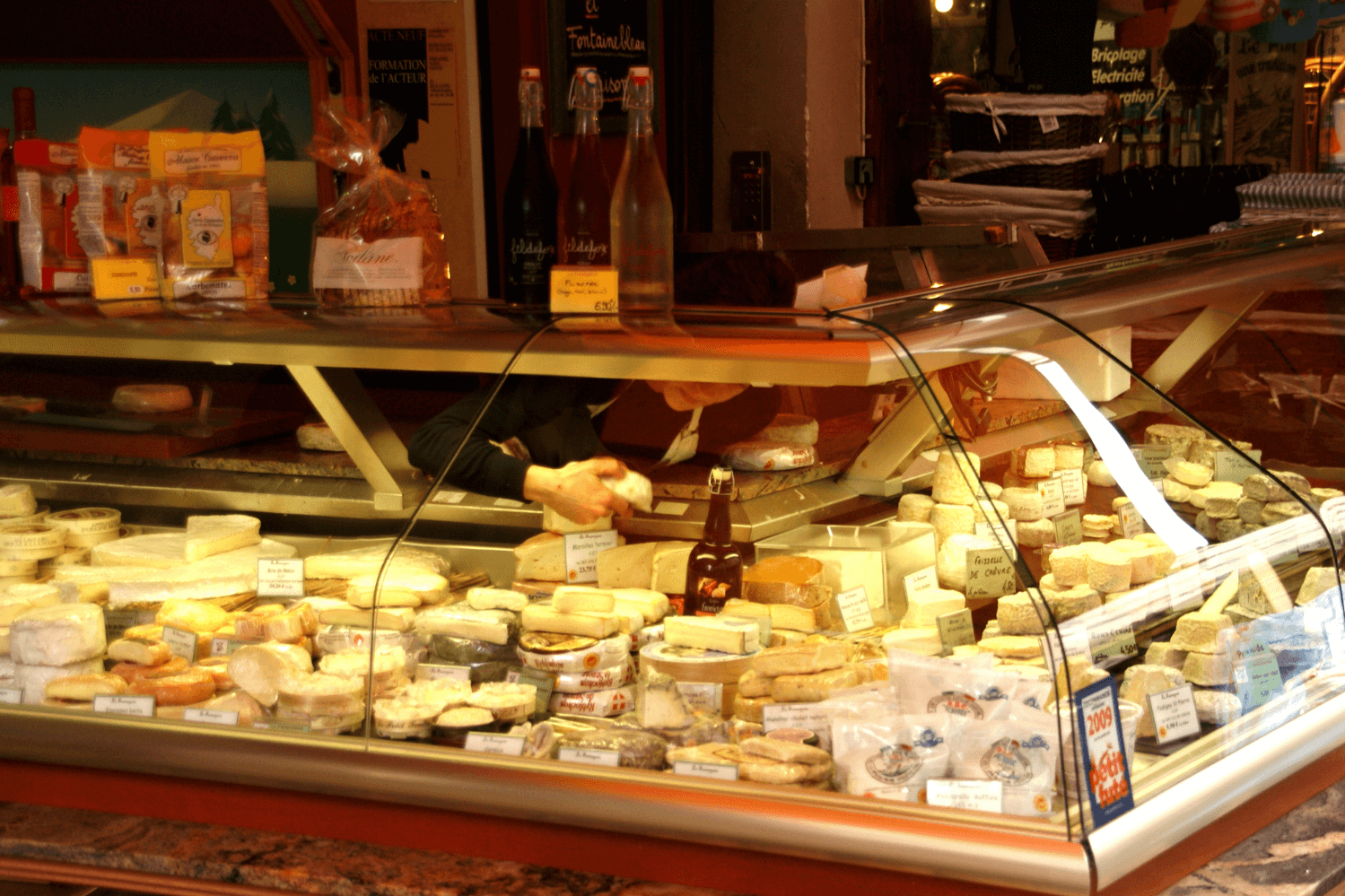
For high-quality cheeses, baked goods, meat, or seafood, follow the French tradition and shop at specialty stores rather than supermarkets. While shopping at these stores may be more expensive than supermarkets, the experience is unique and culturally enriching. These small, specialized shops like fromagerie (cheese), boulangerie (bread), boucherie(meat), and poissonnerie (fish) are renowned for their fresher, artisanal, and more authentic products. Shopping at these local spots is not just about the exceptional quality; it's also about the personal connection. Each French person often has their favorite neighborhood shop, where they trust the quality and enjoy a friendly chat with the shopkeeper. This personal relationship turns each visit into more than just a transaction—it's a cherished part of the community.
If you're budget-conscious, discount stores such as Lidl and Aldi provide affordable options for everyday essentials.
If you're interested in organic products, Paris has numerous organic grocery stores, including chain stores like Bio c' Bon and Naturalia and small neighborhood shops.

Healthcare: France vs. United States
Healthcare in France is significantly more affordable compared to the U.S.—you'll spend roughly one-tenth of what you would back home. Without French social security, doctor visits might cost between €26.50 for a generalist and €50 to $100 for a specialist. However, once you become a resident, the French social security system covers up to 70% of your healthcare costs. Then, a visit to a general physician would only cost you around €8, and a specialist appointment would be about €15, with the government (and the "mutuelle" insurance) reimbursing the majority directly to your bank account. In contrast, similar visits in the U.S. can quickly run $150-$300 for a primary physician and $200 or more for a specialist.
Prescription drugs in France are also much more affordable, costing about one-tenth of U.S. prices and often covering up to 100%. For example, Atorvastatin (Lipitor), used to lower cholesterol, costs around €5-10 per month with insurance in France, compared to $150-200 per month in the U.S.
For comprehensive coverage, you can purchase a 'mutuelle' insurance policy to complement the basic French social security coverage. This policy covers the remaining 30% of your healthcare costs that Social Security doesn't. Prices for a 'mutuelle' vary based on coverage and insurer, with an average cost of around €97 per month for a single person. Young adults (18-24) typically pay about €40 per month, while those over 65' pay an average of €146 per month. A family of three pays approximately €184 per month. If you work in France, your employer usually covers part of the 'mutuelle' cost, as companies are required to offer supplementary health insurance to all employees and contribute at least 50% of the monthly premium. In comparison, average annual health insurance premiums in the U.S. for 2023 are $8,435 for single coverage and $23,968 for family coverage, nearly eight times higher than in France.
Public Transportation
Getting around Paris is efficient and affordable. A monthly Metro pass costs about €86,40 € and gives you unlimited travel across Paris and the Ile de France region. A monthly transit pass in cities like New York in the U.S. costs $132.

Travel: A Gateway to Europe
Living in Paris is a dream for travel enthusiasts. The city's central location makes it an ideal base for exploring other European destinations. With budget airlines like EasyJet and Ryanair, and high-speed trains, traveling from Paris is not only convenient but also affordable, making spontaneous trips to European hotspots feasible.
A flight from Paris to vibrant cities such as Barcelona or Rome can cost between €50 and €100. These budget-friendly options make spontaneous trips to European hotspots both feasible and economical. Paris is also an excellent launchpad for Mediterranean adventures. For example, flights to Moroccan cities like Marrakech can be surprisingly affordable. Additionally, traveling to the South of France, like Nice, is a breeze. A train ride to Nice costs around €60, though prices can vary depending on the season.
In contrast, in the US, domestic flights can be more expensive, often exceeding $150.

South of France - Menton
Leisure Activities
Leisure in Paris can be surprisingly budget-friendly. Movie tickets cost around €12. You can also get an unlimited cinema pass in France at a great price, like the UGC Unlimited pass, for just €23.90 per month. It gives you access to every screening, every day, with additional perks. It's a fantastic deal for movie lovers, making it easy and affordable to enjoy all the latest films. Museum admissions are generally €10 to €15, and nearly all museums (including the Louvre and Musée d'Orsay) are free to enter on the first Sunday of every month. Fitness classes average €20 to €30 per lesson. With a membership, you pay less for your lessons.
In the US, these activities can be pricier, with movie tickets around $15 to $20, museum entries $20 to $30, and fitness classes $25 to $40.

So, there you have it—living in Paris might not be as expensive as you think. Living in France can cost you about half of what you'd spend in the U.S. and the quality of life. It's way better than anything you've ever had, with its rich culture, beautiful architecture, incredible amenities, quality food, and relatively affordable leisure activities.
Are you thinking about making the move? Paris Rental, an agency renowned for its luxury furnished apartments, will help you find the ideal long-term rental apartment in Paris with its multilingual team.
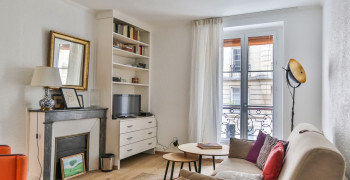


 Français
Français
